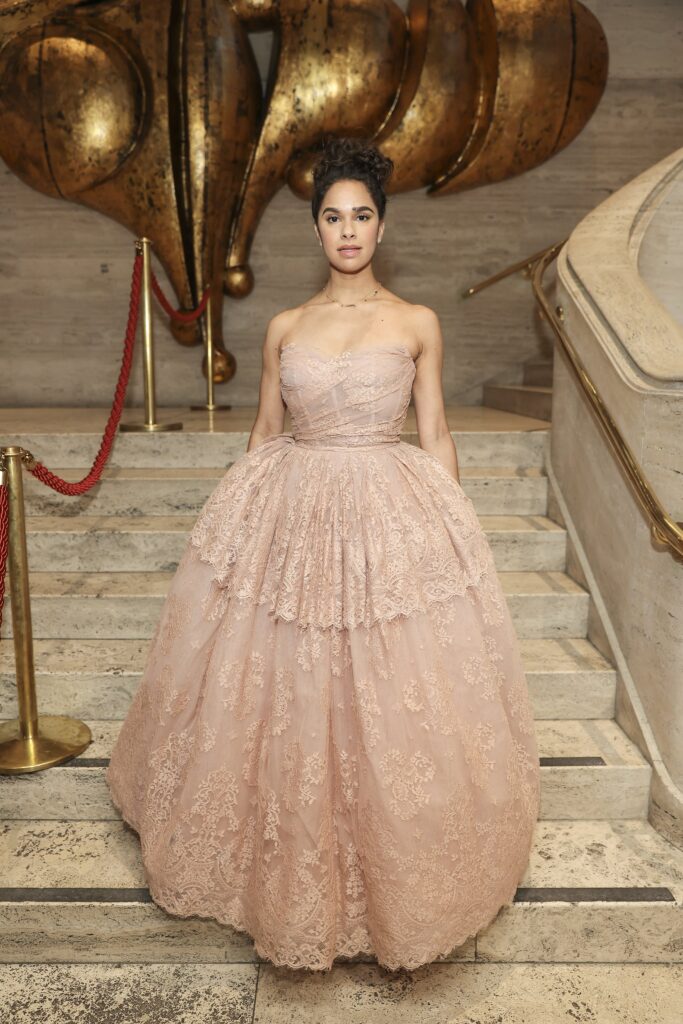Three years after performing her first leading role in the American Ballet Theatre’s 2012 rendition of “The Firebird,” Misty Copeland became the company’s first Black principal dancer. Now, with the release of her new memoir, “The Wind at My Back: Resilience, Grace, and Other Gifts From My Mentor, Raven Wilkinson,” Copeland is looking back on her journey. She’s reflecting on the hardships she’s had to overcome, the obstacles she’s navigated, and the amount of whiteness she has faced in the world of ballet.
“It chips away at you,” she said in a Nov. 14 interview with NPR.
“The norm is that everyone wears pink tights and that’s representative of white skin,” Copeland continued. “The more that I look around and not see people who look like me, not see other women who look like me, and I’m painting my skin over and over, it was something I started to talk about. . . . And eventually, I don’t know, maybe seven, eight years later, I would have that conversation with the wardrobe department, with hair and makeup, and kind of debate what the sole purpose of this tradition is.”
“If it’s just to make us look otherworldly, then why can’t I have brown powder to powder my skin to take that shine away? Why am I changing the color?”
Eventually, Copeland did begin to reject the company standards, using makeup that suited her own skin tone, she said. “If it’s just to make us look otherworldly, then why can’t I have brown powder to powder my skin to take that shine away? Why am I changing the color?” she started to ask. “So I did push back. But we have a long way to go, still.”
Copeland says that her mentor, Raven Wilkinson — who was the first Black ballerina to receive a contract with a professional ballet company back in 1955 — taught Copeland how to face discrimination, prejudice, and racism in ballet. “All that she had experienced and gone through and learned throughout the course of her life, she channeled into her performances,” Copeland told NPR. “That was something that I hadn’t quite done before I met her — was connecting the person I was trying to become off stage to the person I was on stage. Being a representation for young Black and brown people on the stage. Being comfortable in my skin and having a voice . . . she kind of showed me that I could be all of those things off stage as well.”
Copeland continues to fight for space within the ballet world, saying that despite all her success, there are still people who say she does not fit in as a woman of color. “To this day, I will read things that [say] I don’t belong because my breasts are too large, my muscles are too big, I’m too short. But these are all excuses because there are so many dancers who are not of color, who have similar body types to me that are shorter, that have larger breasts and bigger muscles,” she said. “Throughout the course of my professional career, it’s really been about me understanding the language that’s being used and having conversations about that, because that’s been what’s turned so many Black women away from ballet.”

